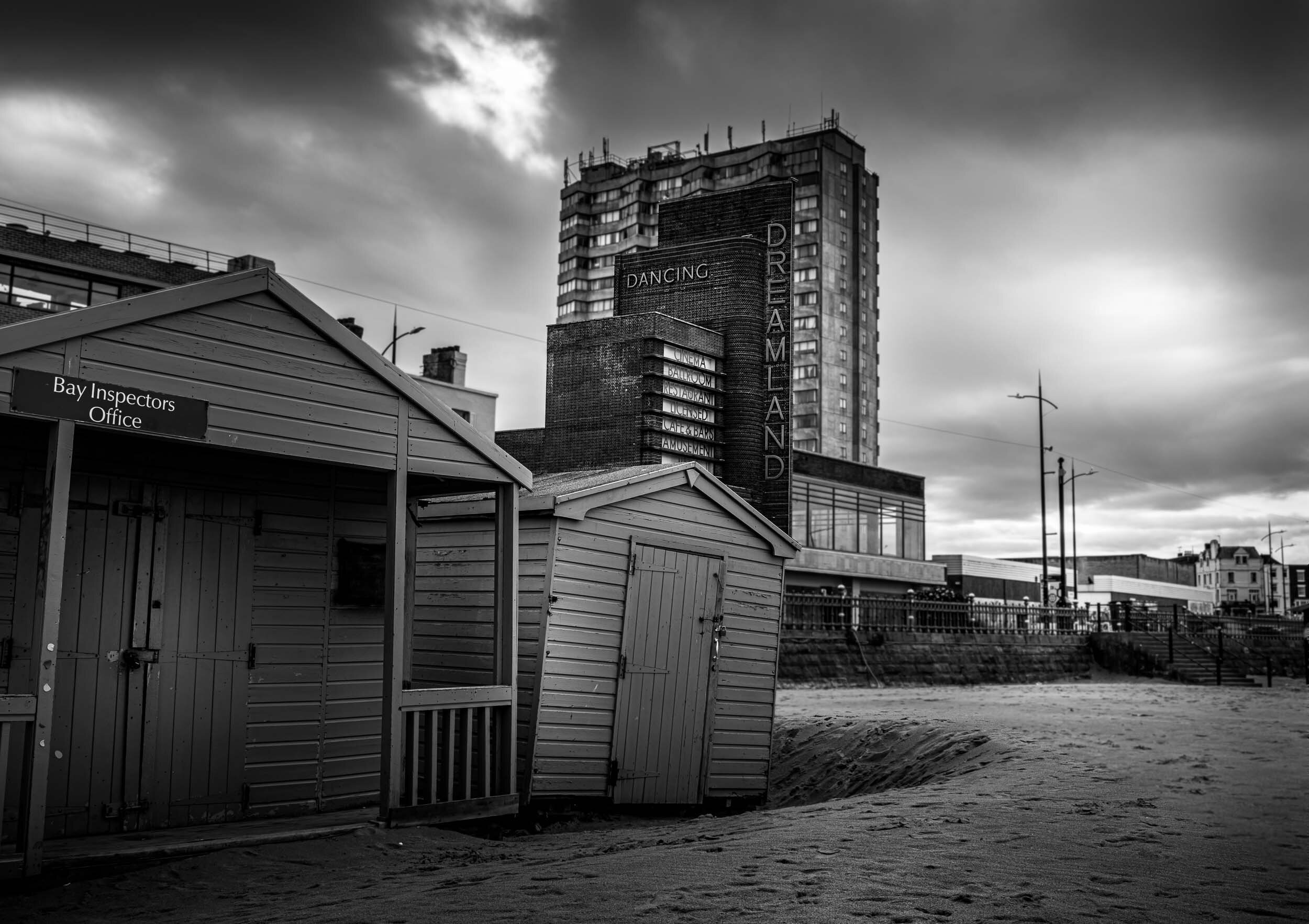The Of Street Photographers
The Of Street Photographers
Blog Article
All about Street Photographers
Table of ContentsThe Best Strategy To Use For Street PhotographersThe Main Principles Of Street Photographers Some Known Details About Street Photographers Our Street Photographers PDFsA Biased View of Street Photographers
A style of photography that documents everyday life in a public place. The actual publicness of the setting allows the digital photographer to take honest photos of complete strangers, commonly without their understanding. Street photographers do not always have a social function in mind, but they like to isolate and capture minutes which may or else go unnoticed (Street Photographers).He was influenced by several of those who affected the street photographers of the 1950s and '60s, he was not primarily interested in capturing the spirit of the road. The impulse to visually record people in public started with 19th-century painters such as Edgar Degas, douard Manet, and Henri de Toulouse-Lautrec, that worked side by side with photographers attempting to record the essence of metropolitan life.
As opposed to Atget, photographer Charles Marville was employed by the city of Paris to produce an encyclopaedic document of Haussmann's urban planning project as it unfolded, thus old and brand-new Paris. While the digital photographers' topic was basically the very same, the outcomes were significantly various, showing the impact of the photographer's intent on the character of the photos he generated.
Provided the fine high quality of his photos and the breadth of material, designers and artists typically got Atget's prints to utilize as referral for their very own job, though commercial passions were hardly his main motivation. Rather, he was driven to picture every last remnant of the Paris he enjoyed.
The Facts About Street Photographers Uncovered
They reveal the city with his eyes. His work and essential understanding of photography as an art type functioned as motivation to generations of photographers that followed. The future generation of street digital photographers, though they likely did not refer to themselves because of this, was introduced by the photojournalism of Hungarian-born digital photographer Andr Kertsz.
Unlike his peers, Brassa made use of a larger-format Voigtlnder camera with a much longer exposure time, compeling him to be a lot more computed and thoughtful in his technique than he might have been if making use of a Leica. (It is believed that he may not have actually been able to manage a Leica during that time, yet he did, nonetheless, utilize one in the late 1950s to take colour pictures.) Brassa's photographs of the Paris abyss brightened by synthetic light were a discovery, and the compilation of the series that he released, (1933 ), was a major success.
Cartier-Bresson was a champ of the Leica camera and one of the initial professional photographers to optimize its capabilities. The Leica enabled the professional photographer to connect with the surroundings and to catch moments as they took place. Its relatively small size likewise assisted the digital photographer fade into the background, which was Cartier-Bresson's favored method.
Some Known Incorrect Statements About Street Photographers
It is because of this fundamental understanding of the art of photo taking that he is commonly attributed with uncovering the medium around once more about a century because its development. He took photographs for more than a half century and affected generations of digital photographers to trust their eye and instinct in the moment.
These are the questions I shall attempt to address: And after that I'll leave you with my own meaning of street photography. Yes, we do. Allow's begin with you can try here defining what a definition is: According to (Street Photographers) it is: "The act of defining, or of making something precise, distinctive, or clear"
No, absolutely not. The term is both restricting and misinforming. Seems like a street digital photography should be images of a roads best?! And all road digital photographers, other than for a handful of outright novices, will totally value that a street is not the vital element to street photography, and in fact if it's an image of a road with maybe a couple of uninteresting people not doing anything of interest, that's not road digital photography that's a picture of a road.
More About Street Photographers
He makes a legitimate point don't see it here you believe? While I agree with him I'm not sure "honest public photography" will capture on (although I do kind of like the term "candid photography") due to the fact that "road digital photography" has actually been around for a long time, with many masters' names affixed to it, so I think the term is here to remain (Street Photographers).
You can shoot at the beach, at an event, in an alley, in a park, in a piazza, in a coffee shop, at a gallery or art gallery, in a city station, at an occasion, on a bridge, under a bridge ...
Yes, I'm afraid we terrified no choice! Without guidelines we can not have a meaning, and without an interpretation we do not have a genre, and without a genre we don't have anything to specify what we do, and so we are stuck in a "policies interpretation genre" loop!
How Street Photographers can Save You Time, Stress, and Money.

Report this page